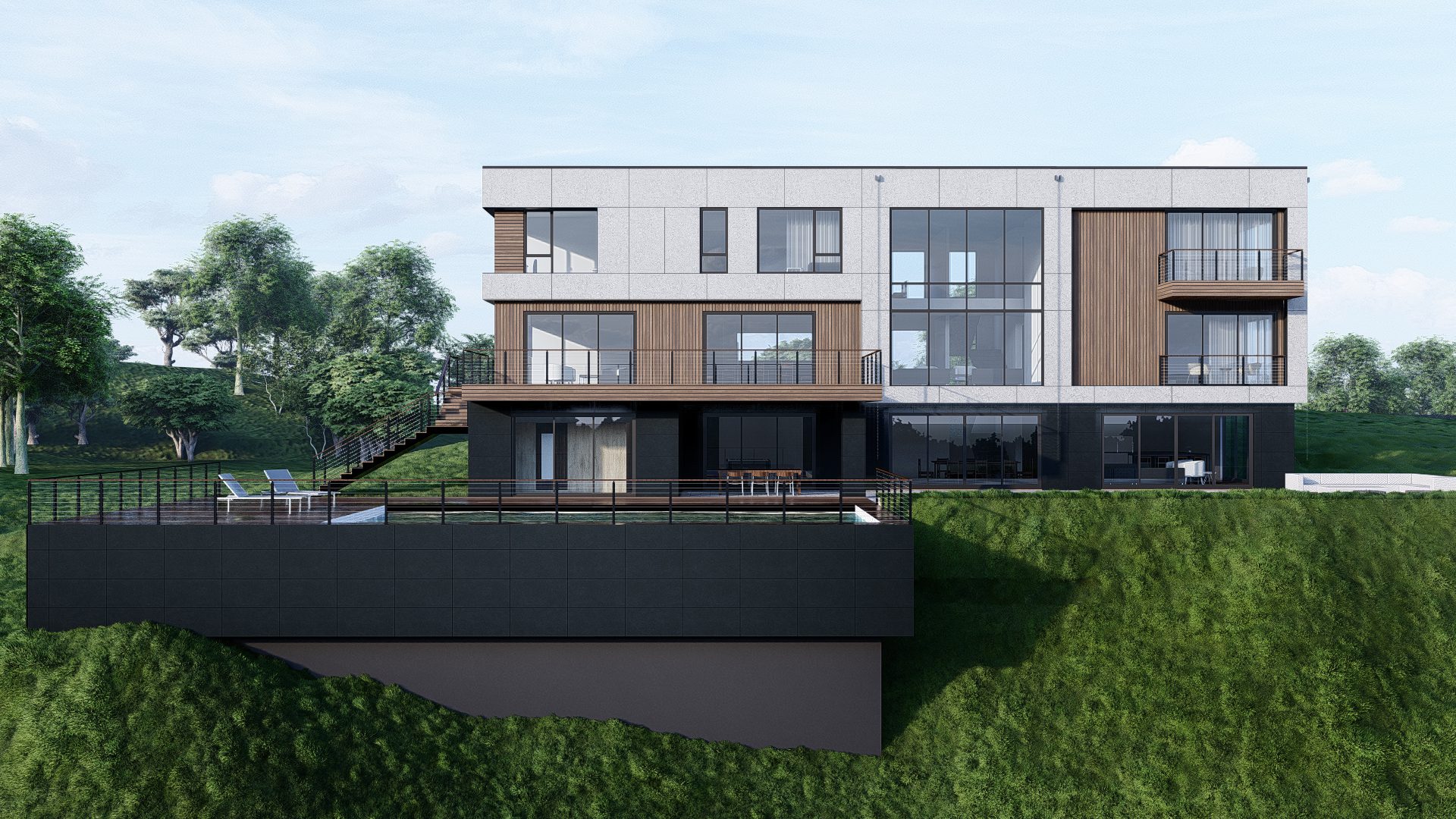
Flexible Financing for
Your Dream Project
We do our best to bring your vision to life with quality
craftsmanship and unparalleled customer satisfaction
A home equity loan is a type of loan where a homeowner borrows money by using the equity they have built up in their home as collateral. Equity is the difference between the current market value of the home and the amount of mortgage debt that is owed on the property.
Key Features:
- Fixed interest rates for predictable payments.
- Monthly payments remain consistent over time.
Benefits:
- Ideal for homeowners with significant equity.
- Provides a lump sum for your ADU project.
- Helps manage finances with a clear repayment structure.
Access a lump sum from your home’s equity
with fixed terms and consistent monthly payments.
01
Home Equity Loan

HELOCs are very similar to Home Equity loans except, instead of a fixed
cash amount, they utilize revolving lines of credit with shorter repayment terms.
A Home Equity Line of Credit (HELOC) is a revolving line of credit that allows you to borrow money using your home’s equity as collateral.
(collateral = security for bank) Similar to a credit card, a HELOC gives you a credit limit, which you can draw from as needed, and you only pay interest on the amount you borrow.
Key Features:
- A revolving line of credit secured by your home’s equity.
- Variable interest rates for borrowing flexibility.
- Interest-only payments available during the draw period.
Benefits:
- Borrow as needed, only pay interest on the amount used.
- Flexibility to finance projects incrementally.
Use your home’s equity to open a flexible
credit line you can borrow from as needed.
02
Home Equity Line of Credit

A personal line of credit is a type of revolving credit that allows you to borrow money up to a certain credit limit. It’s similar to a credit card, but instead of making individual purchases, you can use the line of credit to access cash or transfer funds to your bank account.
Key Features:
- Credit Limit: A maximum borrowing limit is set by the lender, defining the total amount you can access.
- Interest Rate: Typically variable, based on market conditions and your credit profile.
- Easy Access: Funds can be accessed via online banking, ATMs, or by writing a check.
- Flexible Repayment: Make monthly payments on the borrowed amount, with the option to repay in full anytime.
- Fees: Some lenders may charge fees for account setup, maintenance, or individual withdrawals.
Benefits:
- No risk to your property.
- Convenient for covering additional or unexpected costs.
Borrow up to a set limit, paying interest only on the
amount you use, like a credit card.
03
Personal line of credit

Renovation loans, on the other hand, are designed to provide funding for the renovation or rehabilitation of an existing property. These loans may be used to fund a wide range of renovations, from minor cosmetic upgrades to major structural repairs. Like construction loans, renovation loans may be disbursed in stages as the renovation process progresses.
Key Features:
- Construction loans are typically structured as a series of advances or draws, which are made as the construction progresses. The borrower can use the funds from the loan to pay for materials, labor, and other expenses associated with the project
- Construction loans are typically interest-only loans during the construction period. The borrower is only required to make payments on the interest that has accrued on the loan, rather than paying down the principal balance.
- Once the construction is completed, the borrower will typically need to refinance the loan into a permanent mortgage or pay off the loan in full. At this point, the lender will conduct a final evaluation of the property to determine its value and ensure that it meets the lender’s underwriting criteria
Benefits:
- Specifically designed for new construction.
- Supports cash flow throughout your project.
Short-term financing for new builds or renovations, with interest-only payments during the project.
04
Renovation Loan

VALUE ESTIMATOR
THE LOAN PROCESS
Financing process
Discover how easy it is to fund your ADU project with our step-by-step financing process. From application to repayment, we’re here to guide you every step of the way.
Application
Submit your renovation loan application. The lender will evaluate your credit score, income, and financial details to determine eligibility.
Approval
Once approved, the lender sets the loan terms, including the interest rate and repayment schedule.
Disbursement
Funds are released either in a lump sum or installments, such as 50% upfront and the rest as the project progresses.
Monitoring
The lender may track project progress to ensure funds are used appropriately and renovations stay on schedule.
Repayment
Begin regular payments based on the agreed schedule, typically monthly or as arranged with the lender.
